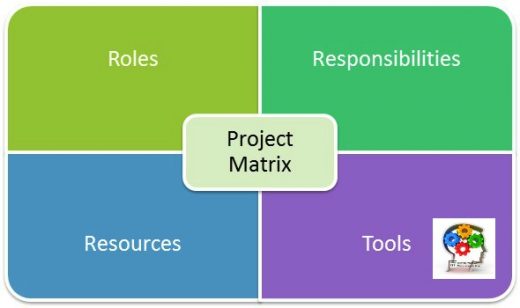Delivering Projects in a Matrix Environment
— January 6, 2017
Matrix structures are often adopted by business settings that deploy short term projects across different (and changing) functional lines. Using this structure ideally supports the leveraging of different business competencies, skills, and resources as new projects are initiated and previous projects are closed.
Effective matrix management of complex projects requires an advanced approach. This involves:
- A Systems Approach, that includes
- Focus on the Details
- Quality Information & Support Systems
- Quality Decisions & Data Driven Benchmarks
- Aligned Values & Prioritization Guidelines
- Emphasis on Key Deliverables and
- Customer Requirements
- Eradication of Barriers, Politics, and Conflicting Priorities and
- Consistent Leadership throughout the life-cycle of the projects
I recently worked with a business customer whose task was to deliver projects within a matrix setting. Although found themselves working on project goals that they felt were well matched for their background and values but were unaligned with what they felt the project matrix environment could achieve.
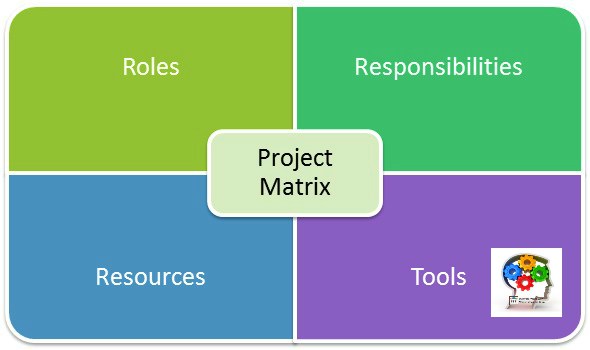
The matrix structure in which they worked seemed to lack the resources, responsibilities, processes, or accountability mechanisms needed to be successful. Many of the political and process challenges faced were a result of the loosely organized matrix structure in which the customer’s role existed. But some were also the result of socially constructed barriers and bottlenecks, often resulting from conflicting priorities, competencies, and ambitions.
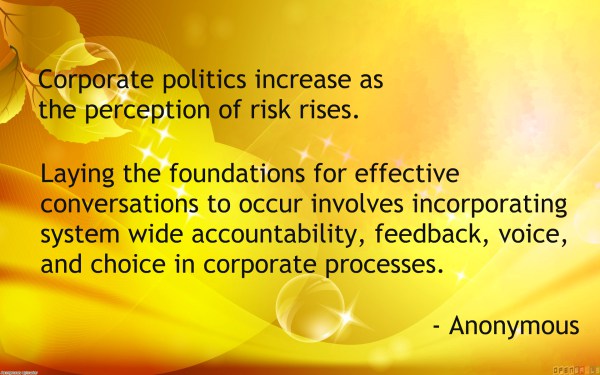
Political aspirations heightened the team’s perception of risk and diminished their focus on project and customer values. When a sense of urgency was communicated throughout the matrix it was often based on preferential leanings, ambitions, and values and less on the key values, outcomes, and goals identified to be successful. The customer’s efforts found diminishing returns as conflicting priorities derailed performance and redirected focus towards non-overlapping values.
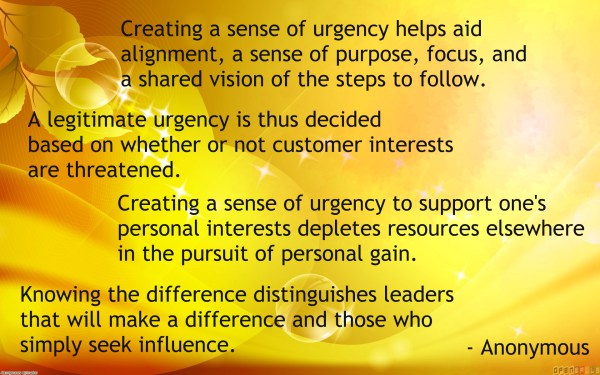
The quality of information deteriorated as the social, technical, administrative, and political layers increased. Decisions were later based on inadequate information and changes were implemented without key stakeholder’s involvement. “Information Islands” resulted which contributed to a proliferation of competing values, ambitions, and interests. The growth of ‘political micro-systems’ and their later influence increased as the quality of decisions deteriorated.
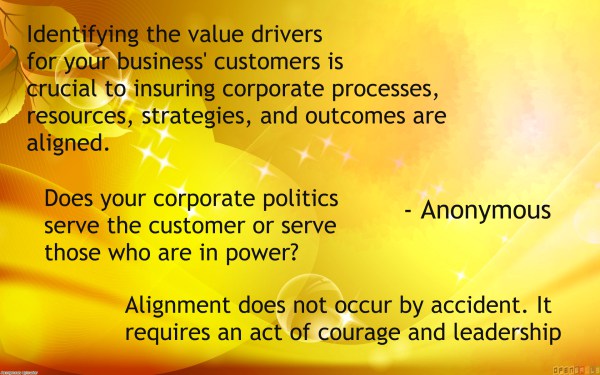
The customer’s challenge was how to deliver on the previously specified values, requirements, and specifications when the political, social, and personal ambitions had irrevocably affected the projects’ scope. The answer of how to course correct was made even more complicated due to the different departments, agencies, interests, and roles represented in the project matrix.
Another challenge the teams operating within the projects structure face was barriers to organizational learning. Typos and font were over-emphasized in documentation and communication while stakeholder alignment, engagement, project values, milestone achievement, and strategy execution were practically ignored. Although the source of this myopia remains unclear even to this day there was evidence of low subject matter expertise across the matrix and inadequate use of shared knowledge which culminated in needing to repeatedly distribute information.
It often took weeks if not months before issues were finally addressed, surfacing repeatedly elsewhere until someone finally took notice. Instead of working on team building new managers instead focused on micromanaging and raising interview style questions weeks and months after the hire was completed.

The customer’s ability to repair the projects dependent on the quality of their projects matrix, and their investment and engagement in the development of shared goals. As long as the quality of information was low the customer’s ability to support quality decision-making would be negatively affected. Similarly, as long as the quality of the matrix member’s commitment and value alignment was low the customer’s ability to support a system’s approach to planning, monitoring, and leadership would be negatively affected.
With other team building, leadership training, efforts to increase strategic and process alignment, and improve the quality (and accessibility) of information the customer’s efforts improved substantially. Although not all complex organizational matrix’ will be able to achieve the same results it is worth the effort.
How is your corporation navigating its complex stakeholder and project matrix? Share your comments below.
Business & Finance Articles on Business 2 Community
(94)

